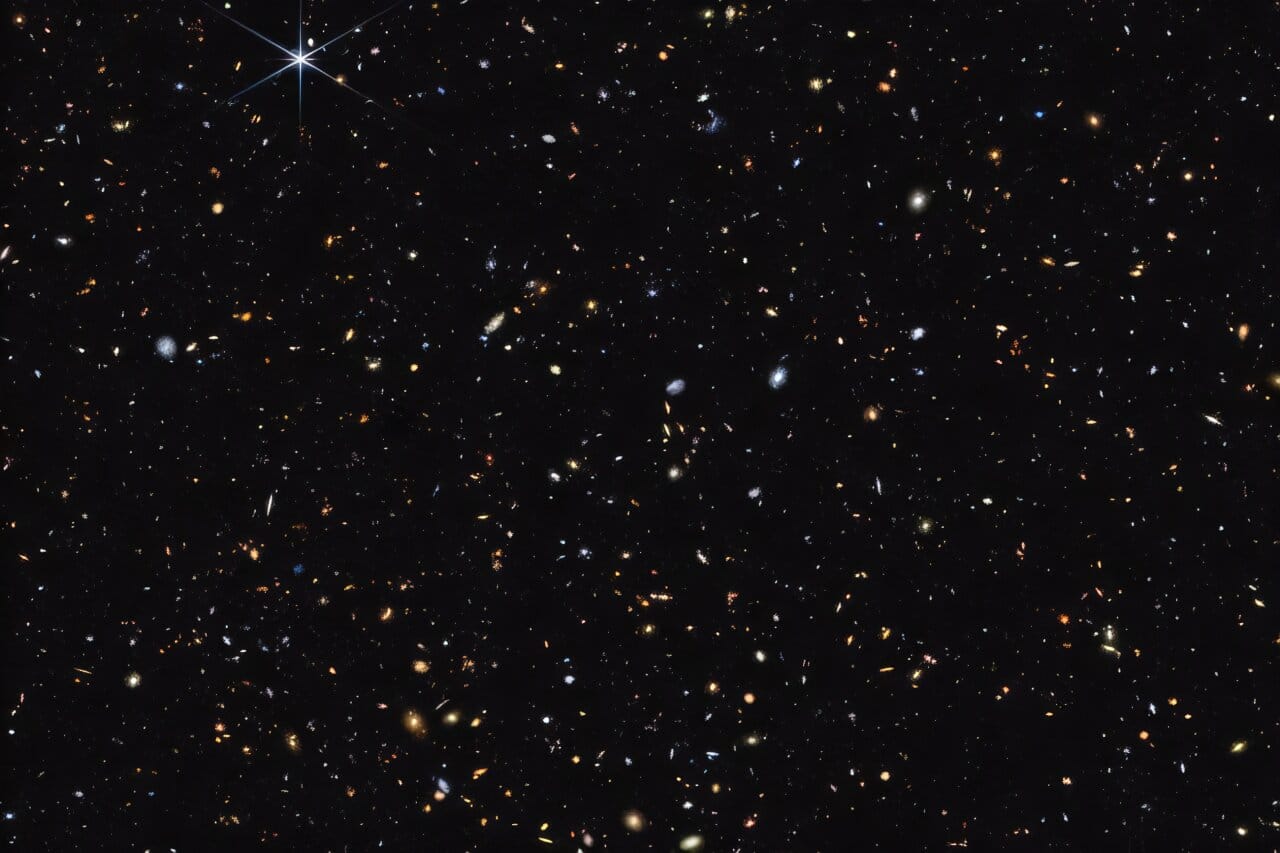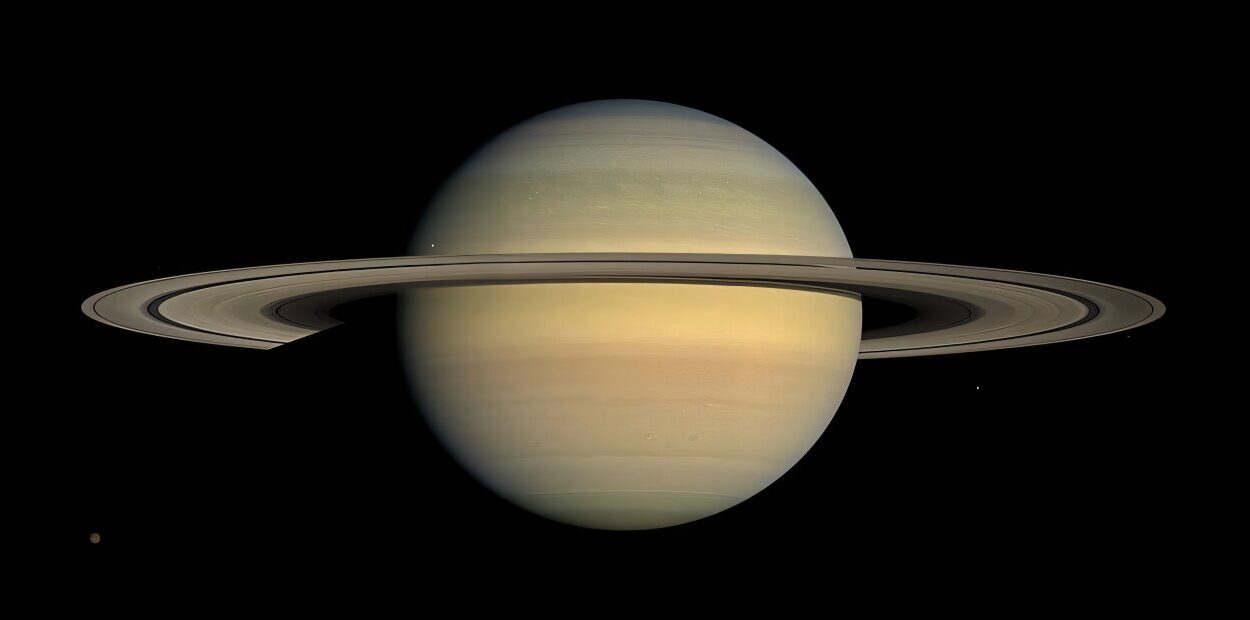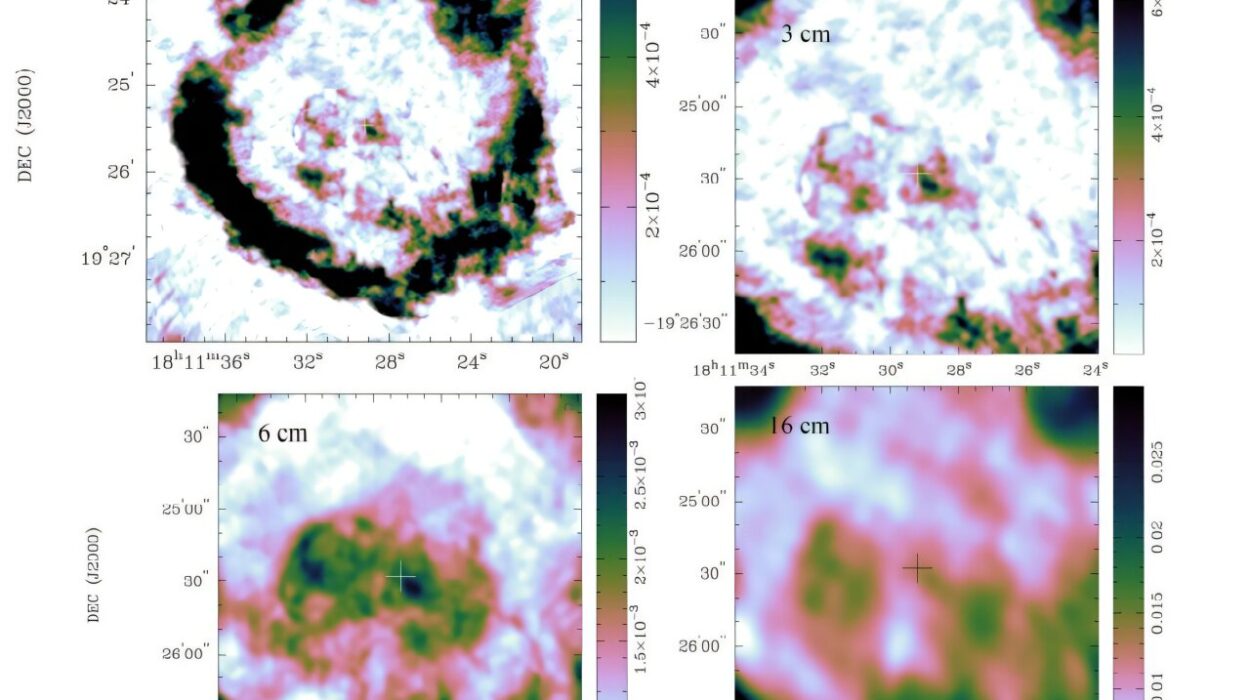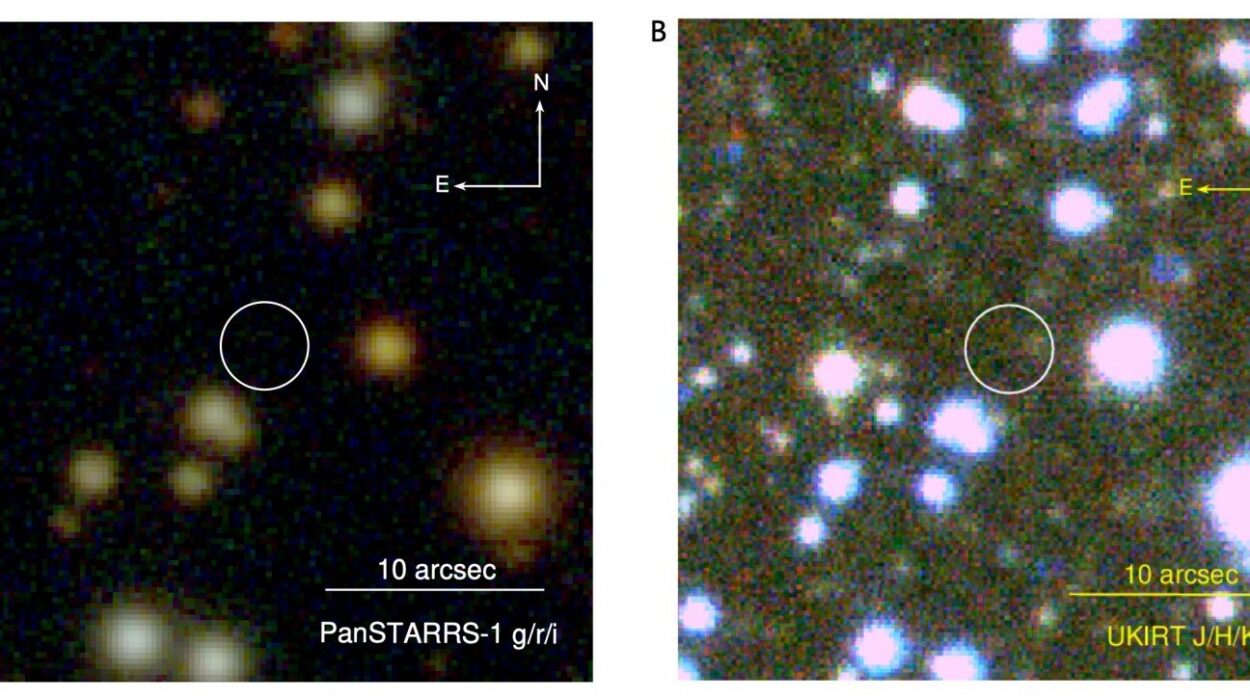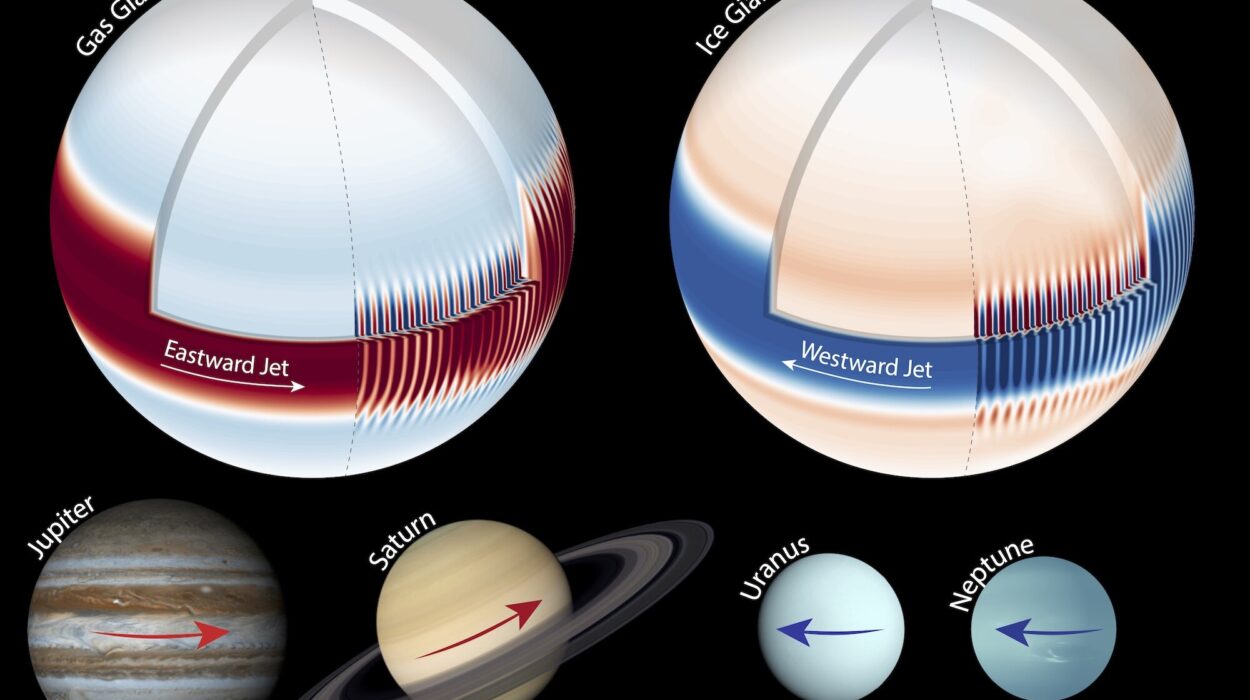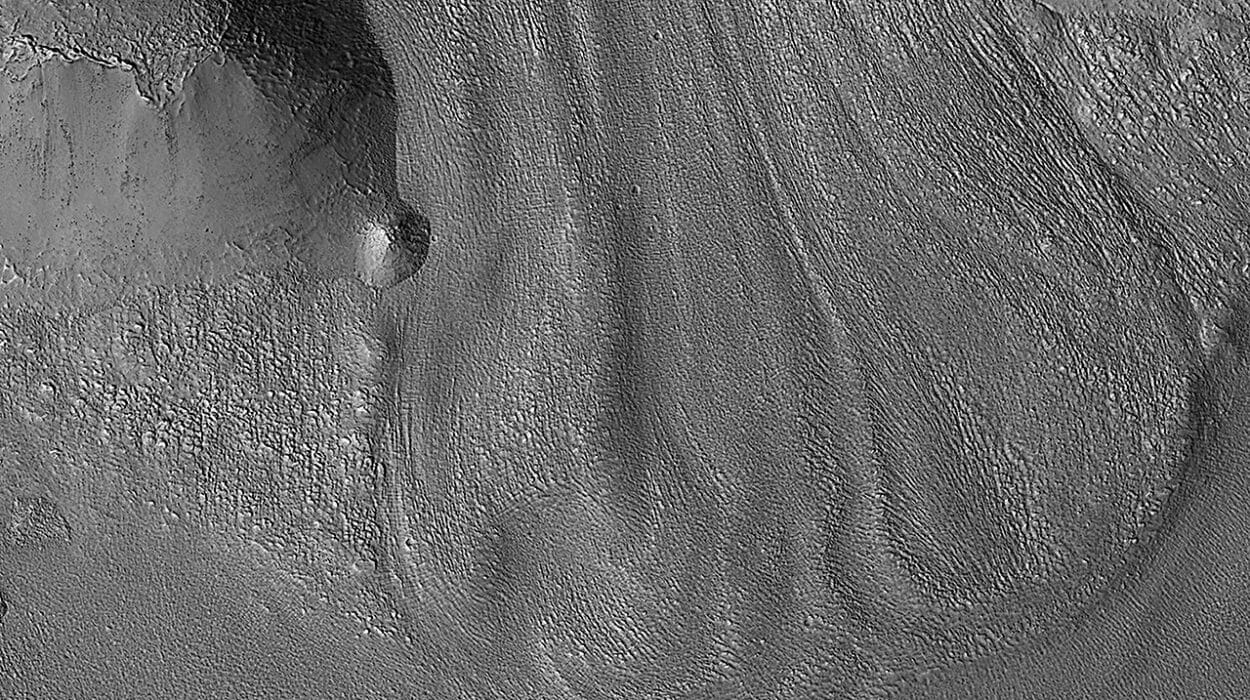Far out in the depths of space, where light has traveled for more than 13 billion years to reach us, astronomers have spotted something strange — tiny, glowing galaxies so compact and red that they defy the rules of cosmic formation. Nicknamed “little red dots”, these faint yet powerful sources of light have baffled scientists since they were first revealed by the James Webb Space Telescope (JWST).
Now, a new study from researchers at the Center for Astrophysics | Harvard & Smithsonian may have cracked part of the mystery. Writing in The Astrophysical Journal Letters, astronomers Fabio Pacucci and Abraham (Avi) Loeb propose that these enigmatic galaxies are born in a rare type of cosmic structure: very slowly spinning dark matter halos.
It’s an idea that not only explains the peculiar appearance of the little red dots, but also opens a new window into how galaxies and black holes formed during the universe’s earliest days.
Puzzles from the Cosmic Dawn
The little red dots appear in the universe’s “childhood,” roughly one billion years after the Big Bang — a period known to astronomers as the cosmic dawn. At that time, the first generations of stars and galaxies were igniting, transforming the dark, hydrogen-filled cosmos into one lit with starlight.
But these dots don’t behave like typical early galaxies. Despite being just a fraction — sometimes only one-tenth — the size of the Milky Way, they shine with surprising brightness. Their rich red hue hints that they might be filled with older, cooler stars or hidden behind thick veils of cosmic dust.
Even stranger, the dots pack their light into extraordinarily small volumes, with stellar densities so high that, as Pacucci puts it, they border on “unthinkable” for normal galaxies. That raises a thorny question:
Are we seeing the glow of vast numbers of densely packed stars? Or the blazing heat of supermassive black holes swallowing matter at extraordinary rates?
The answer, so far, has eluded astronomers. And that’s exactly where Pacucci and Loeb took a fresh approach.
Slowing the Spin
Instead of focusing only on what fuels the dots, the researchers asked a more fundamental question: How could such unusual galaxies form in the first place?
In the modern view of cosmology, every galaxy sits inside an invisible “halo” of dark matter — a vast, gravitational scaffold that gathers gas and stars. These halos rotate at different speeds. Most spin at a moderate pace, which helps spread out their matter into large disks or extended shapes.
But Pacucci and Loeb’s study proposes that the little red dots are born in the rarest of halos — the slowest-spinning 1% in the universe.
Here’s the analogy: imagine a spinning carnival swing ride. The faster it turns, the farther out the swings fly. Slow it down, and the swings stay close to the center. Similarly, in a slow-spinning halo, all the matter collapses inward, creating an exceptionally compact galaxy.
That compactness matches the dots’ appearance — and their rarity. If only 1% of halos spin this slowly, the number of little red dots we see begins to make sense. They’re uncommon, but not impossibly rare — more frequent than quasars, yet far from typical galaxies.
A Brief Cosmic Window
The low-spin halo explanation also sheds light on why these objects are only found in the universe’s first billion years. Over time, dark matter halos grow larger and gain more angular momentum. The longer the universe evolves, the faster halos tend to spin, making ultra-compact galaxies harder to form.
“Dark matter halos are characterized by a rotational velocity,” Loeb explained. “Some of them spin very slowly, and others spin more rapidly. We showed that if you assume the little red dots are typically in the first percentile of the spin distribution, you can explain all their observational properties.”
That means little red dots might be a fleeting phase in cosmic history — bright embers of galaxy formation that quickly evolve into something else.
Fertile Ground for Cosmic Giants
The study stops short of solving whether these dots are powered mainly by stars or by actively feeding black holes. But it does suggest they could be ideal breeding grounds for either.
“Low-spin halos tend to concentrate mass in the center,” Pacucci said. “That makes it easier for a black hole to accrete matter, or for stars to form rapidly.”
Indeed, some of the dots display broad emission lines — a telltale spectral sign of black hole activity — yet curiously lack the X-ray emissions normally associated with them. That mystery is now at the center of new observing programs led by Pacucci, who hopes to catch these dots in more detail and, perhaps, find modern galaxies that share their ancient structure.
If astronomers can track their evolution, they might uncover how early black holes and galaxies coexisted and grew together — a question that remains one of the great frontiers of astrophysics.
A Glimpse of Our Origins
For now, the little red dots remain both a discovery and a challenge — a signal from a time when the universe was just learning how to build the structures we see today. In their crimson light may lie answers about how the first black holes were born, how galaxies assembled, and how the delicate balance between dark matter, stars, and gravity shaped the cosmos.
“They are arguably the most surprising discovery by JWST to date,” Pacucci reflected. “Our work is a step toward understanding these mysterious objects. And in the process, they might help us understand our own cosmic beginnings.”
More information: Fabio Pacucci et al, Cosmic Outliers: Low-spin Halos Explain the Abundance, Compactness, and Redshift Evolution of the Little Red Dots, The Astrophysical Journal Letters (2025). DOI: 10.3847/2041-8213/ade871
